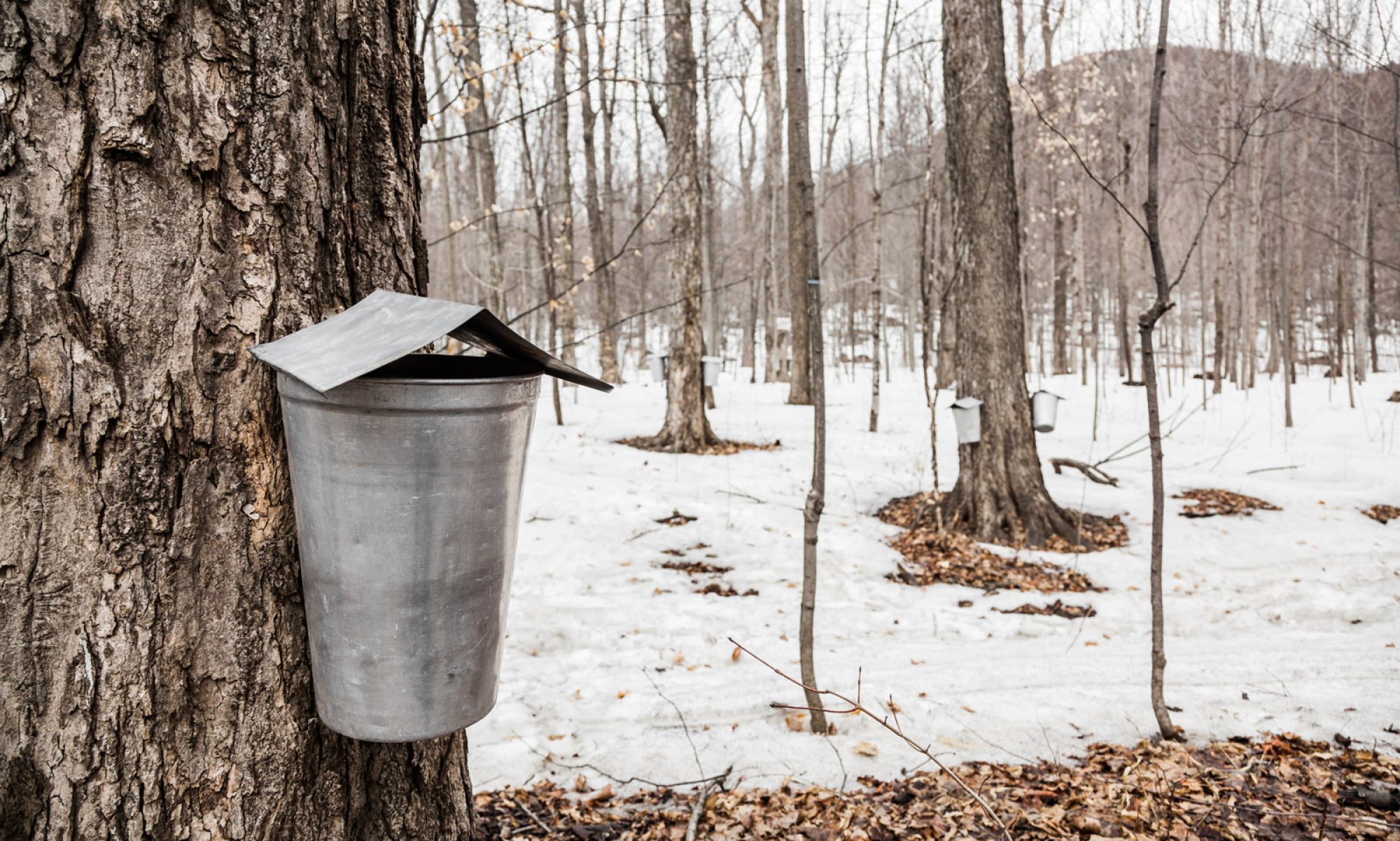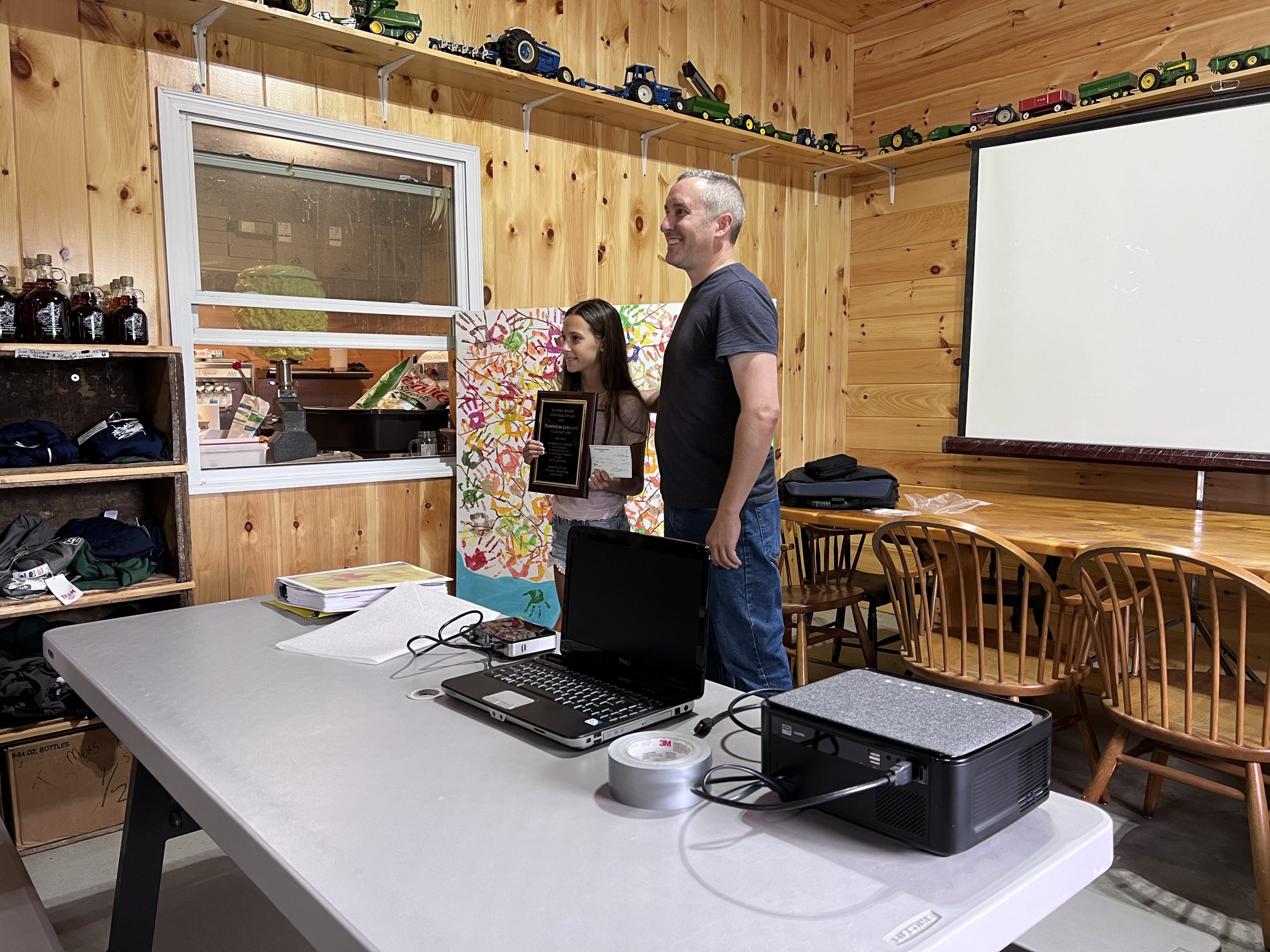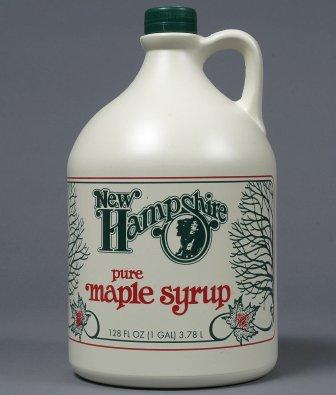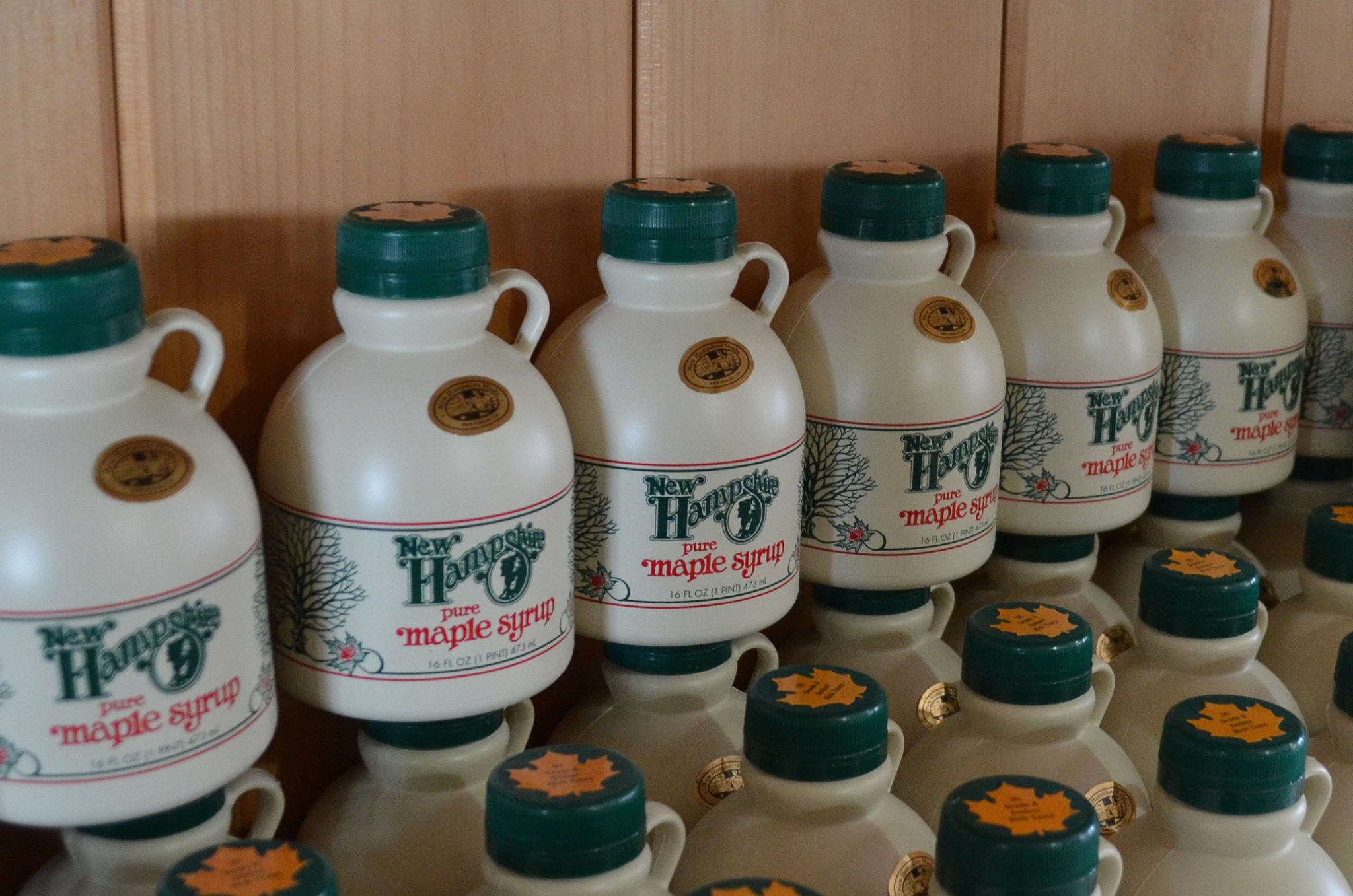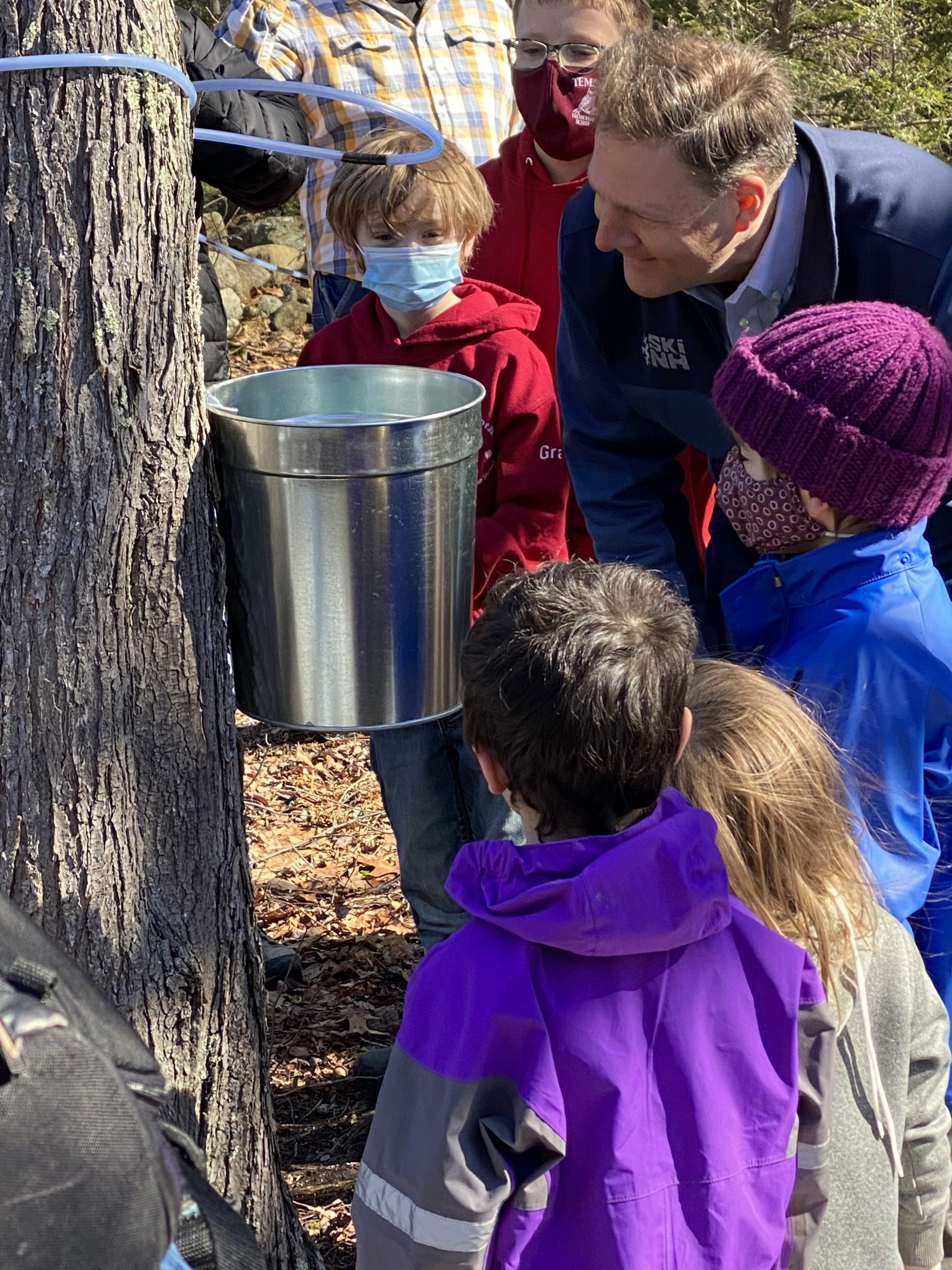The NHMPA Board will meet Tuesday, May 10 at 7 pm via Zoom. If you want to attend the meeting, send an email to be included in the meeting invitation.
NHMPA MEETING MINUTES MARCH 1, 2022
Please click here for a copy of the minutes from the Meeting: NHMPA Meeting Minutes March 1, 2022
Walter A. Felker Memorial Award Program
Here are the Felker Award Winners:
First $300:Dannicia LeBlanc
Did a beautiful piece of artwork of a maple tree and used the handprints of all her siblings to make the leaves on the tree, as well as a binder with information regarding the process of making maple syrup as well as a very large collection of recipes. Age 10 Home school grade 4. Fremont, NH
Second $150:Tess LaValliere
Age 9 Grade 4
New Boston Central School New Boston
Third $50: Anders Hannu
Age 15 home school grade 8
New Ipswich
The New Hampshire Maple Producers Association is proud to sponsor the annual Walter A. Felker Memorial Award Program. Commonly referred to as the Felker Award, the program and the monetary prize, aim to encourage interest by New Hampshire youth in the Granite State’s great maple sugaring tradition.
Open to NH residents, age 16 and younger, entrants are tasked with creating a project focused on any aspect of NH maple sugaring. This is purposely broad to allow youth to think outside of the box. Science projects, art projects, historical projects or any other projects are all welcome.
To participate in Felker Award competition, each entrant must
1. Be under the age of 16 years old and a NH resident
2. Complete the submission form and include it with their project
3. Create a project on anything NH maple-related
4. Write an essay about their project
a. If submitting a maple syrup entry, a written summary of the process used
to create the entry must be included
Although exact dates vary from year to year, entries to the competition are generally accepted through the third Friday in June with the winner announced at the annual Summer Meeting of the NH Maple Producers Association.
All entries must to submitted an NHMPA board member or postmarked and mailed to Dale Smith, 207 Lull Rd, New Boston, NH 03070 by June 17, 2022.
Maple as a part of the working landscape
This March the New Hampshire Maple Producers Association (NHMPA) is celebrating New Hampshire Maple Month! Maple products are some of NH’s unique agricultural commodities and maple making is a centuries old tradition in the state.
Maple syrup production is a key part of NH’s working landscape. Maple syrup is produced by collecting sap from maple trees. This is done by tapping maple trees and collecting the sap that flows out with tubing. Smaller operations or hobbyists may still use the old-fashioned method of hanging buckets on the taps, while larger producers have elaborate vacuum and tubing systems. Sap is then boiled to make maple syrup and other maple products.
When thinking of agriculture most people think of tractors plowing fields or cows being milked, but maple syrup is an agricultural crop that is produced in the woods. A maple producing forest is sometimes referred to as “sugarbush.” Much like agricultural fields, sugarbushes need to be maintained and cared for in order to remain productive. Keeping these forests in operation is something some NH maple producers consider to be an important contribution to the state. Rich and Jackie Menge of Maple Leaf Farm in Lyme said, “I think a big thing is that we are keeping the land in agriculture. It is giving us an incentive to not develop the property.” Similarly, Matthew and Barbara Patch of Patch Orchards in Lebanon said of their contribution, “We keep land open in the state of NH…and we are keeping it in farming.”
Maple is one of the top ten of agricultural crops produced in the state and in 2020 New Hampshire produced about 4% of the United States’ total maple crop. While sugarbushes produce sap for maple syrup during the maple season, all year round they contribute to a healthier environment, are habitat for many animals and birds, and provide recreation opportunities for people.
This month be sure to visit a local sugarhouse to see and taste the sweet maple products of the season in New Hampshire! To find a sugarhouse near you, visit the NHMPA website at www.nhmapleproducers.com.
Celebrate New Hampshire Maple Month this March
Give cabin fever the boot this March by celebrating New Hampshire Maple Month! The maple season is ramping up and maple producers across the state will be opening their sugar shacks to share their sweet products and the maple making process. People from across the Granite State have the opportunity to experience one of New Hampshire’s most beloved traditions. Will Streeter of Mac Hill Maple in Tamworth said that during Maple Month, “everyone in sugaring is open so the public can see what we do.” Provided there is sap to boil producers offer demonstrations of the boiling process, as well as giveaways of some of their products like maple popcorn, candies, cotton candy, ice cream and more.
Maple producers have been busy in recent weeks getting their trees tapped and are now getting into collecting and boiling It is never a sure bet as to what the season will bring. As Will said: “It is hard to tell with mother nature.” However, he did say that there was no drought in the summer and there have been some cold nights this winter which are good for maple producing trees. Maple makers will be hosting open houses throughout the month, but especially on Maple Weekend March 19 & 20. To find a producer near you check out the New Hampshire Maple Producers Association (NHMPA) website at https://nhmapleproducers.com/directory/. Each sugarhouse will have their own hours, offerings, and Covid-19 protocols so be sure to check their listings or call ahead for details before visiting.
Gov. Sununu to start NH Maple Month with tree tapping ceremony
This year’s tree tapping will take place at Stuart & John’s Sugarhouse located at 31 Route 63 in Westmoreland
The 2022 maple season has arrived! Sugar makers across the state are beginning to collect sap and will soon be boiling to make pure maple syrup. To celebrate the season Governor Christopher Sununu will be participating in the ceremonial tree tapping on Friday, March 11th at 9:00 a.m. This year’s tree tapping will take place at Stuart & John’s Sugarhouse located at 31 Route 63 in Westmoreland. This annual event will be hosted by the New Hampshire Maple Producers Association (NHMPA).
Members of the NHMPA and others who are interested are invited to attend. A small group of local school children will also be attending as well. Light refreshments will be available.
Stuart & John’s Sugarhouse is excited to host the event this year. Alisha Adams Powell of the sugarhouse said, “We have been sugaring here at Stuart & John’s for nearly 50 years and it is a great honor for us to host the Governor for this great NH Maple Producers Association event this year.”
Stuart & John’s Sugarhouse was established in 1975 when then teenagers Stuart Adams and John Matthews started sugaring together. Soon after, Stuart’s parents, Roger and Ellie, opened the pancake house which has been a seasonal restaurant ever since. Today, Stuart and his wife Robyne, along with many family members and friends, run the restaurant in addition to their dairy farm, Windyhurst Farm. Windyhurst was recognized with the Green Pastures award in 2021. Stuart & John’s will be participating in Maple Month with tours every weekend in March, including Maple Weekend. They will offer extra activities such as free sugar on snow on selected days. Check their website at www.stuartandjohns.com and social media pages for up-to-date information.
The Granite State is celebrating New Hampshire Maple Month throughout March. Producers will be offering tours, tastings, demonstrations and more throughout the month. Be sure to visit a local sugarhouse to see and taste the New Hampshire maple season! To find a sugarhouse near you, visit the NHMPA website at www.nhmapleproducers.com.
NHMPA BOARD OF DIRECTORS MEETING: THURSDAY APRIL 12
The NHMPA Board will meet Thursday, April 12 at 7 pm via Zoom. If you want to attend the meeting, send an email to be included in the meeting invitation.
NHMPA Meeting Minutes Feb 2, 2022
Please click here for a copy of the minutes from the Meeting: NHMPA Meeting Minutes Feb 2, 2022
Lost and Found: Historic Video
Karyn Ben Singer is a filmmaker who digitizes VHS footage as a hobby and she came across a self-tour from 1992 of White‘s Sugar Shack. A little research led her to find that it was owned by Faye White of Littleton, NH, who has since passed.
Here’s the link to the video if you’re interested in it for any archival purposes.
NHMPA BOARD OF DIRECTORS MEETING: TUESDAY MARCH 1
The NHMPA Board will meet Tuesday, March 1 at 7 pm via Zoom. If you want to attend the meeting, send an email to be included in the meeting invitation.

